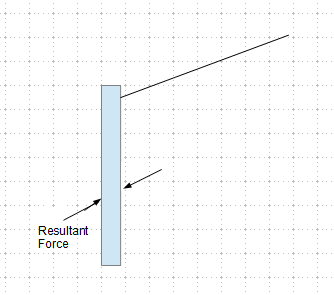killswitchengage
Geotechnical
- Jan 5, 2015
- 364
Hello my friends
I am conducting an analysis on the stability of a sheet pile wall under seismic conditions . the software indicates the resultant vertical force acting on the SSP is directed upward meaning the SSP is being lifted from the ground . Is this normal to you ? What should i do to remediate this issue , i am thinking of simply verifying the uplift bearing capacity of the wall .
thank you
I am conducting an analysis on the stability of a sheet pile wall under seismic conditions . the software indicates the resultant vertical force acting on the SSP is directed upward meaning the SSP is being lifted from the ground . Is this normal to you ? What should i do to remediate this issue , i am thinking of simply verifying the uplift bearing capacity of the wall .
thank you

